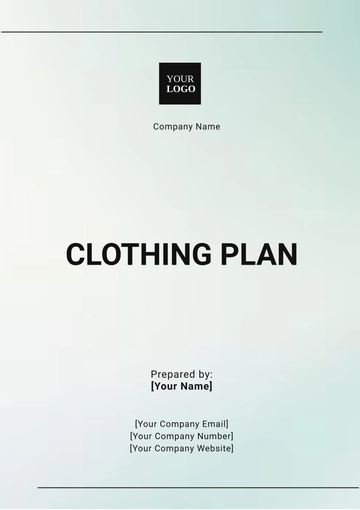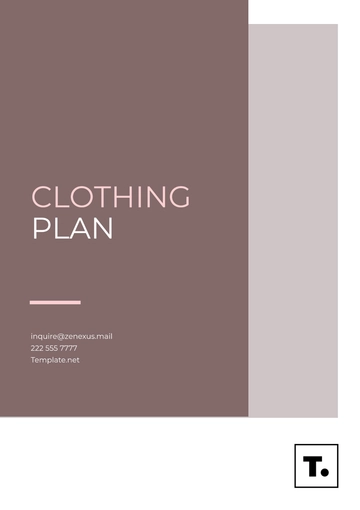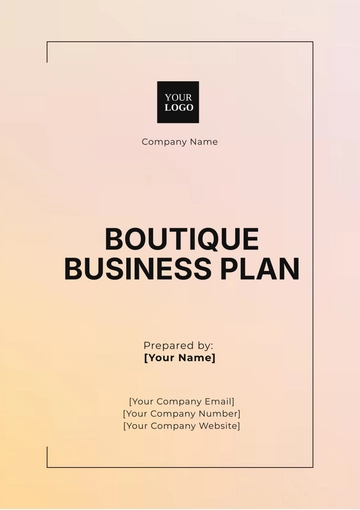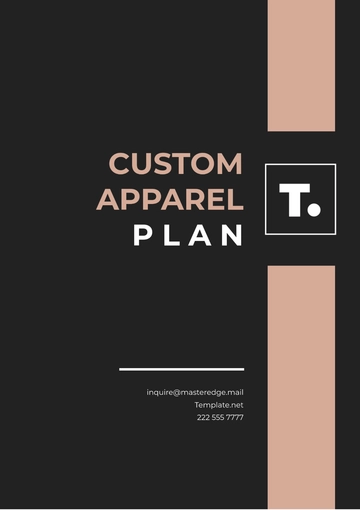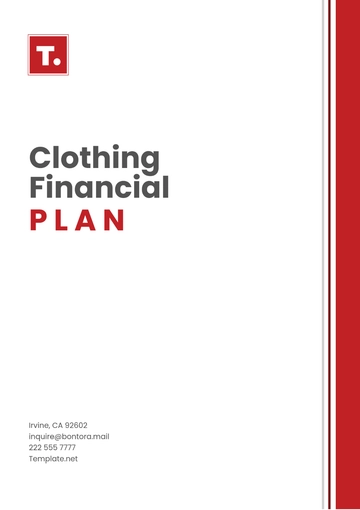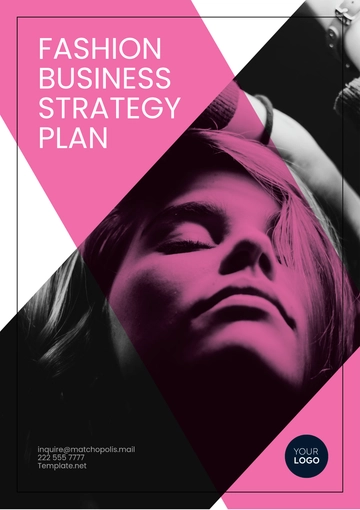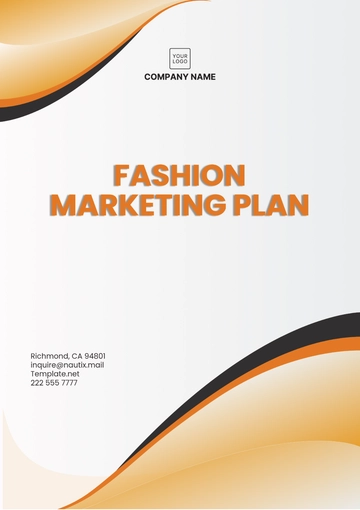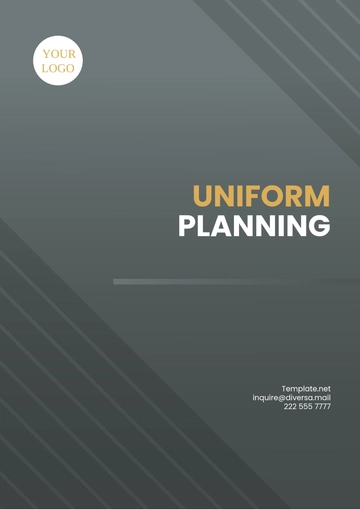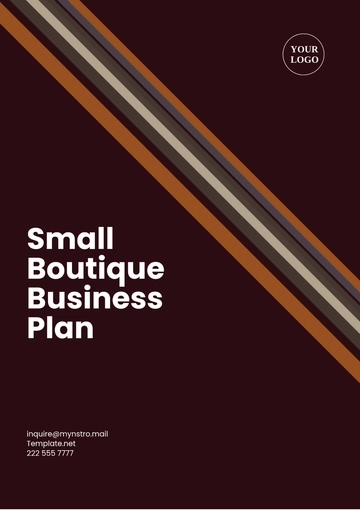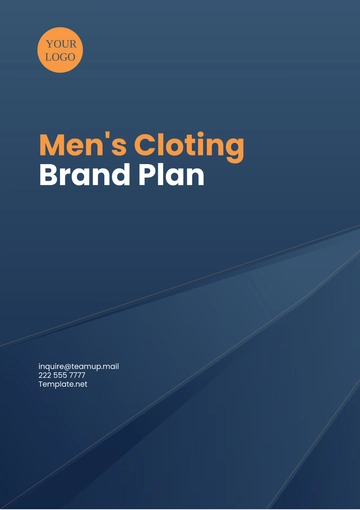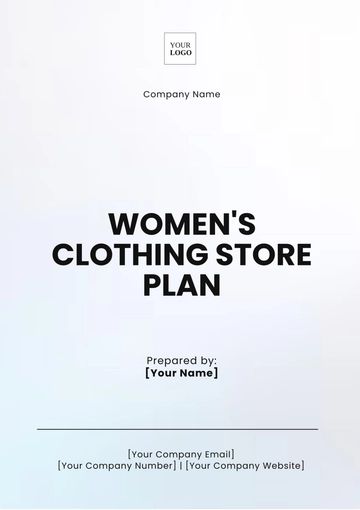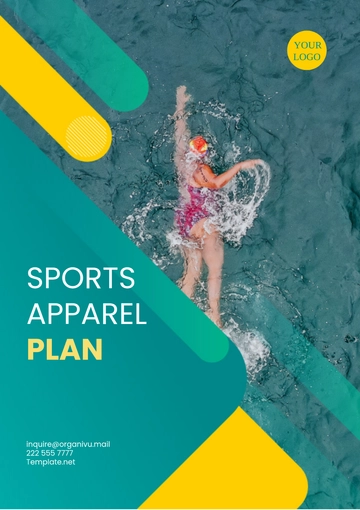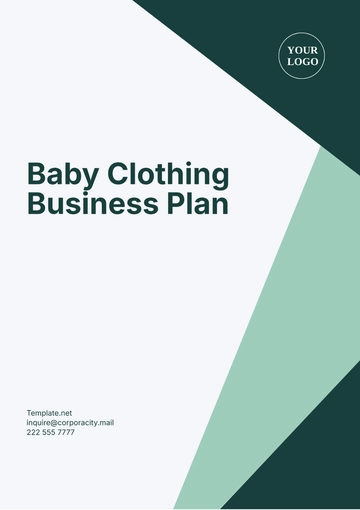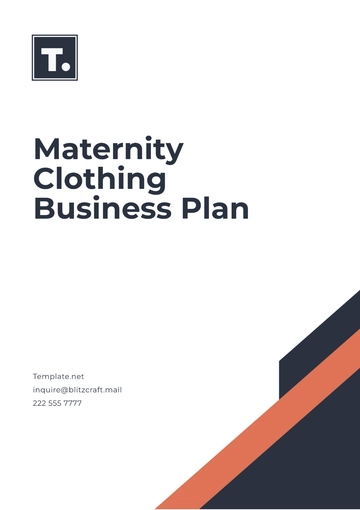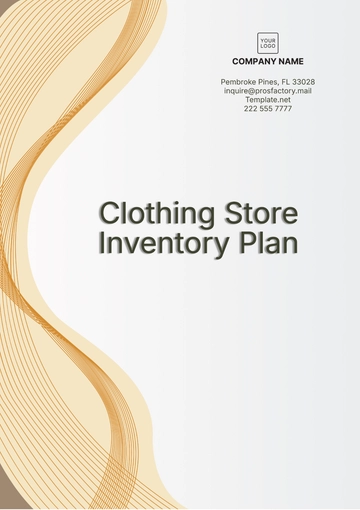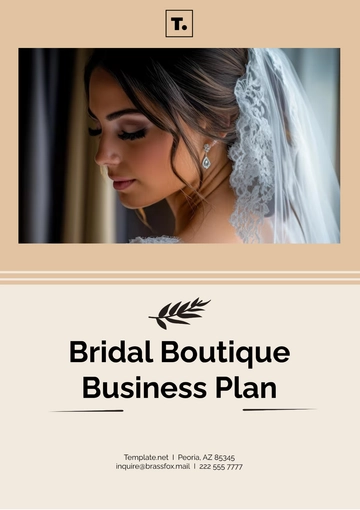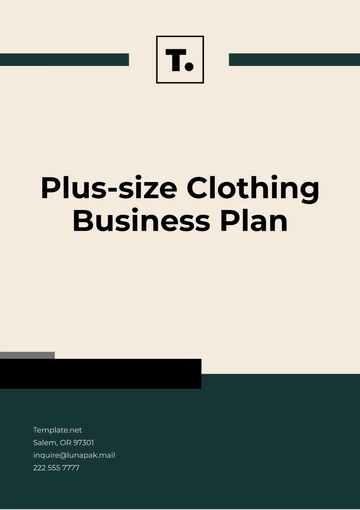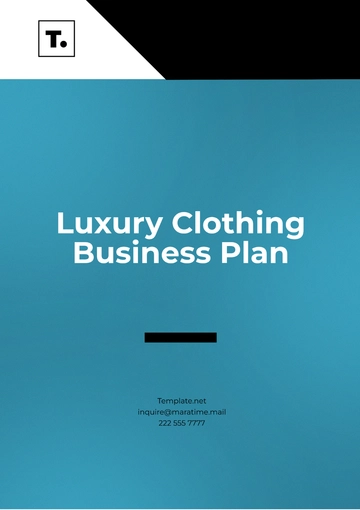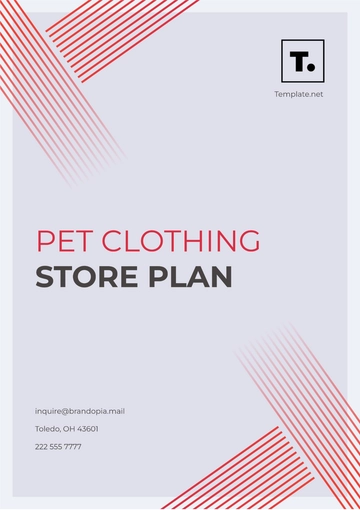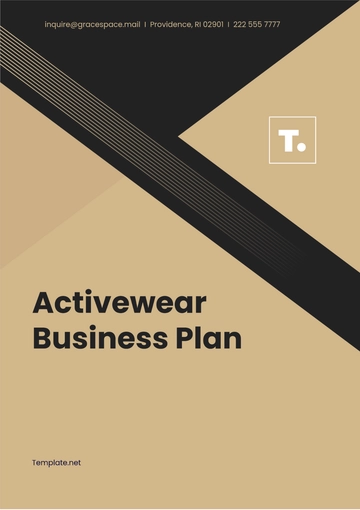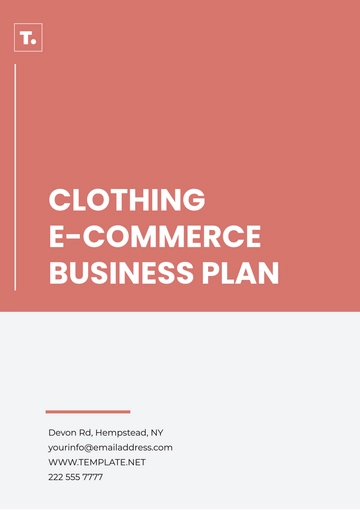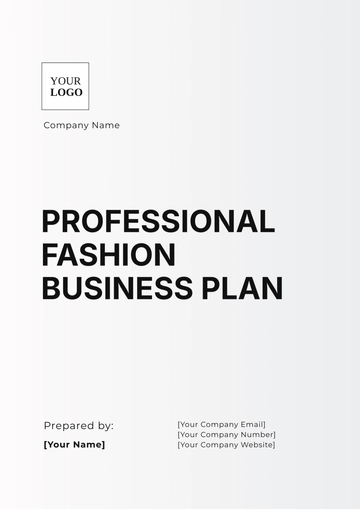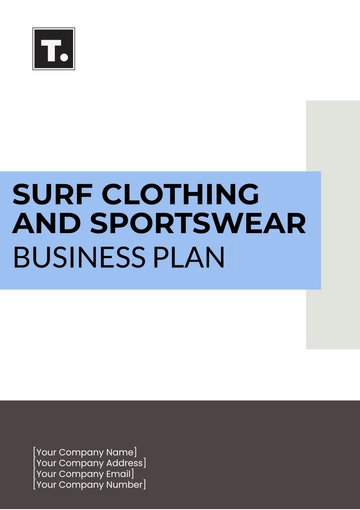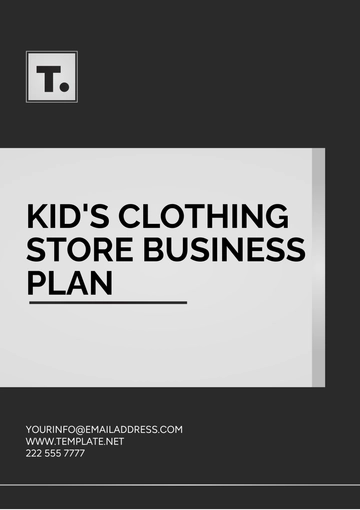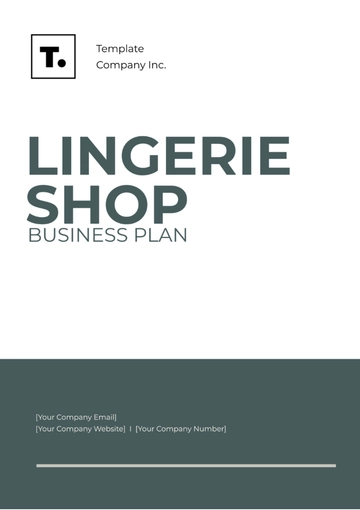Free Clothing Line Business Plan
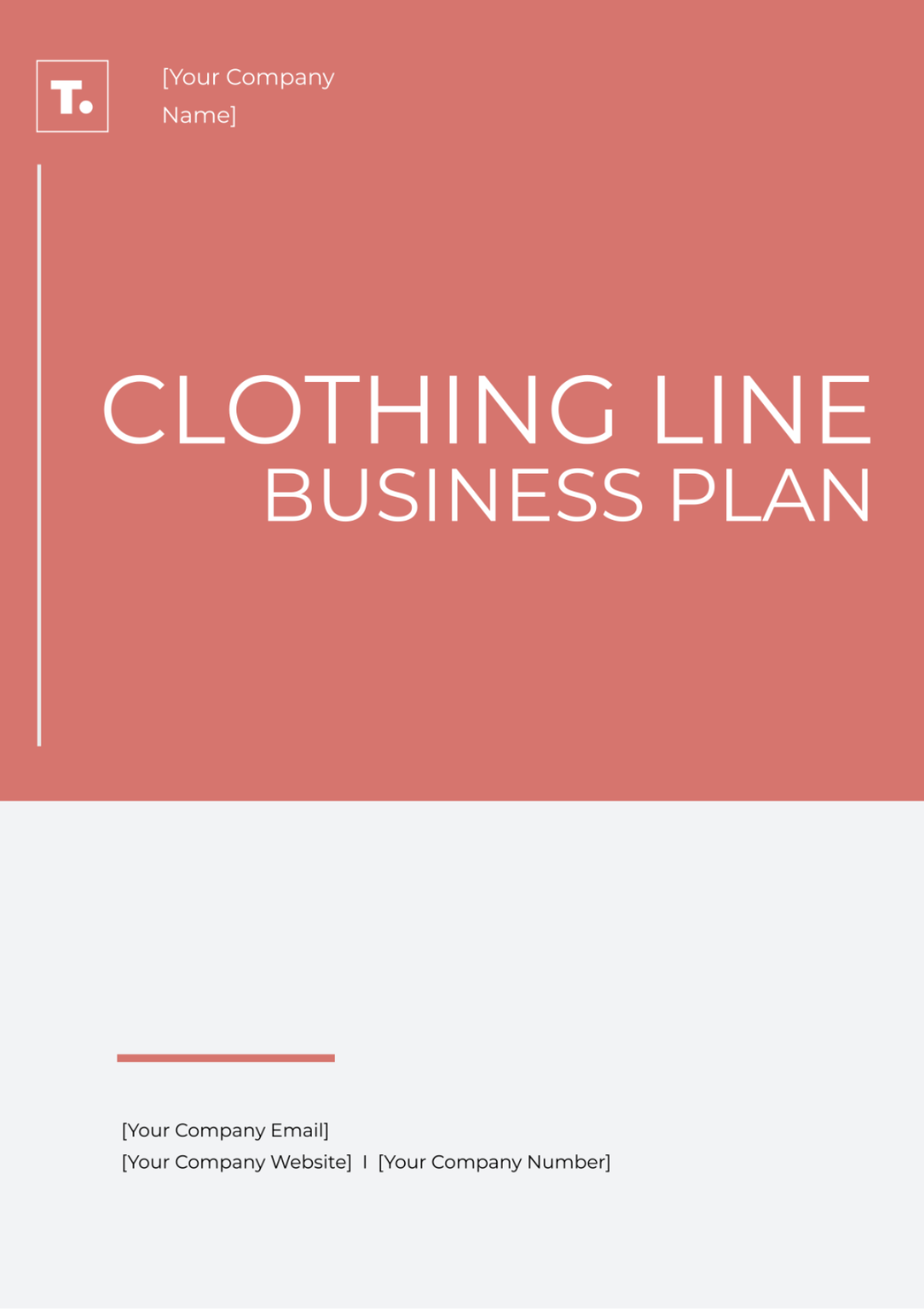
I. Executive Summary
The [Your Company Name] Clothing Line is poised to become a leading provider of fashionable and sustainable clothing for men and women. Founded by [Your Name], a fashion enthusiast with over 10 years of experience in the industry, our brand aims to fill the gap in the market for eco-friendly and stylish apparel.
Mission Statement
Our mission is to offer high-quality clothing that combines trendiness with sustainability, while also fostering a community of conscious consumers.
Vision Statement
To be recognized as a global leader in eco-conscious fashion, inspiring others to prioritize sustainability in their purchasing decisions.
Objectives
Launch the clothing line by March 1, 2050.
Achieve a customer base of 5,000 within the first year.
Expand product offerings to include accessories by January 1, 2051.
Establish partnerships with eco-friendly suppliers and manufacturers by June 1, 2050.
II. Business Description
Company Overview
[Your Company Name] is a startup clothing brand specializing sustainably. Our products will be made from ethically sourced materials, with a focus on reducing environmental impact throughout the supply chain.
Industry Analysis
The fashion industry is a multi-billion dollar market with a growing demand for sustainable options. Consumer awareness regarding environmental issues is driving the shift towards eco-friendly clothing.
Market Analysis
Target Market
Demographics: Men and women aged 18 to 35, with a disposable income of $40,000+.
Psychographics: Fashion-forward individuals who prioritize sustainability and ethical practices.
Competitor Analysis
Competitor | Strengths | Weaknesses |
|---|---|---|
H&M | Established brand, wide product range | Limited sustainability efforts |
Patagonia | Strong online presence | Higher price point |
Everlane | Eco-friendly materials | Limited market reach |
III. Products and Services
Product Line
Our initial product line will include:
Men's and women's casual wear
Sustainable denim jeans
Organic cotton t-shirts
Eco-friendly activewear
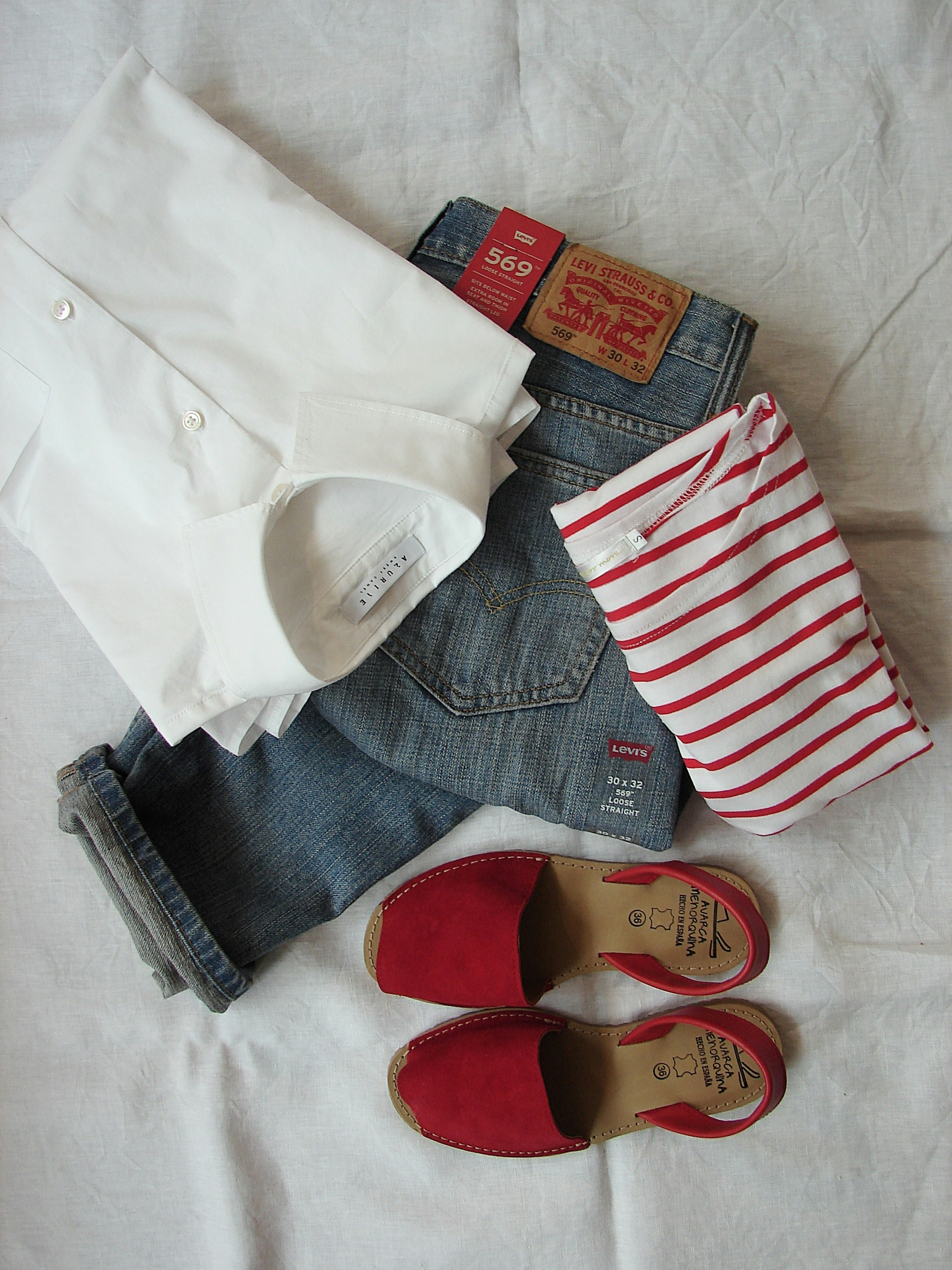
Unique Selling Proposition (USP)
Quality: Exceptional craftsmanship and durable materials.
Sustainability: Environmentally conscious production processes.
Style: Trendy designs that appeal to fashion-conscious consumers.
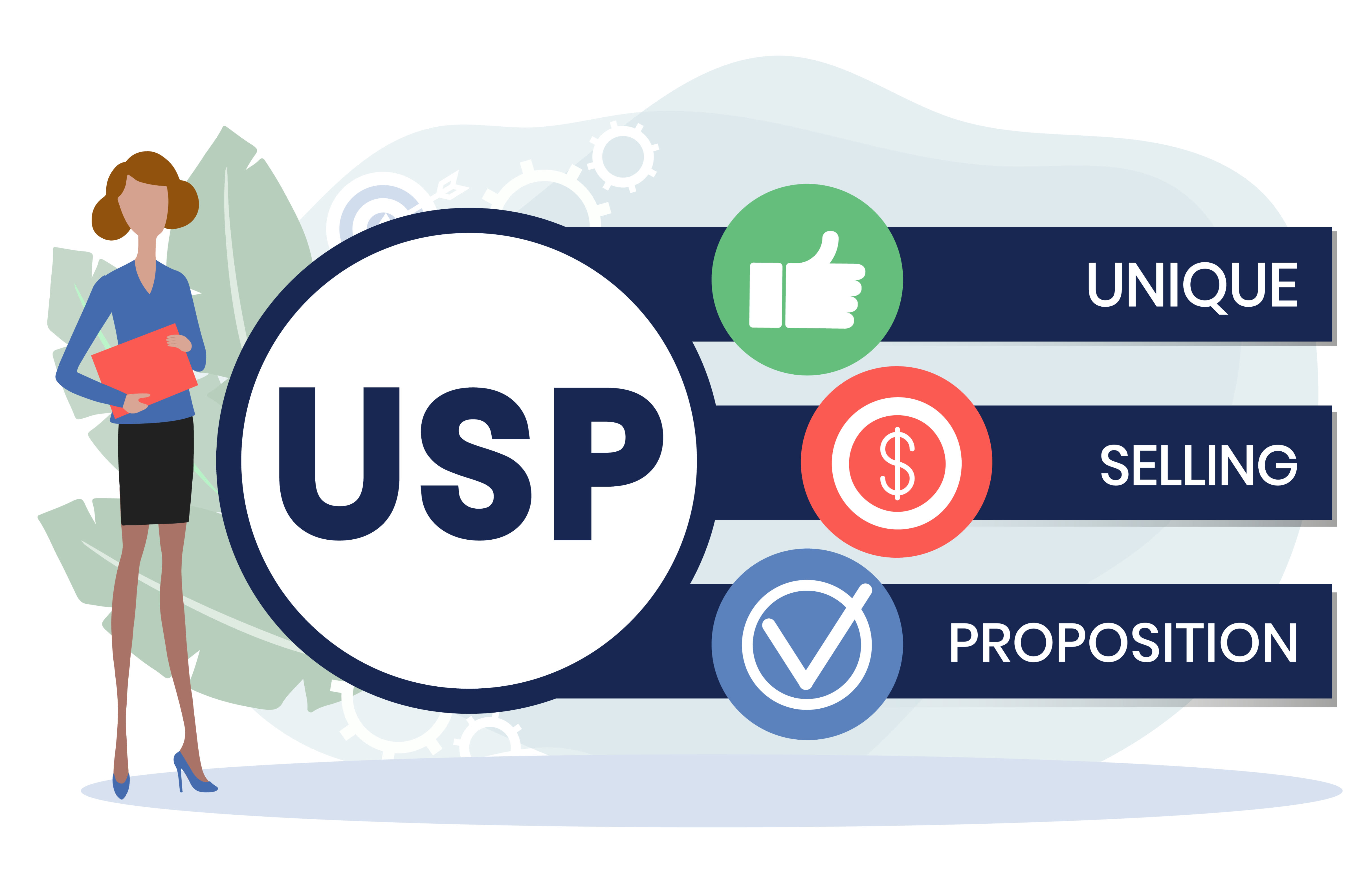
IV. Marketing Plan
Branding
Our brand identity will reflect our commitment to sustainability, with a focus on minimalist and timeless designs.
Marketing Strategy
Online Presence
Launch a professional website with e-commerce functionality.
Utilize social media platforms for targeted advertising and engagement.
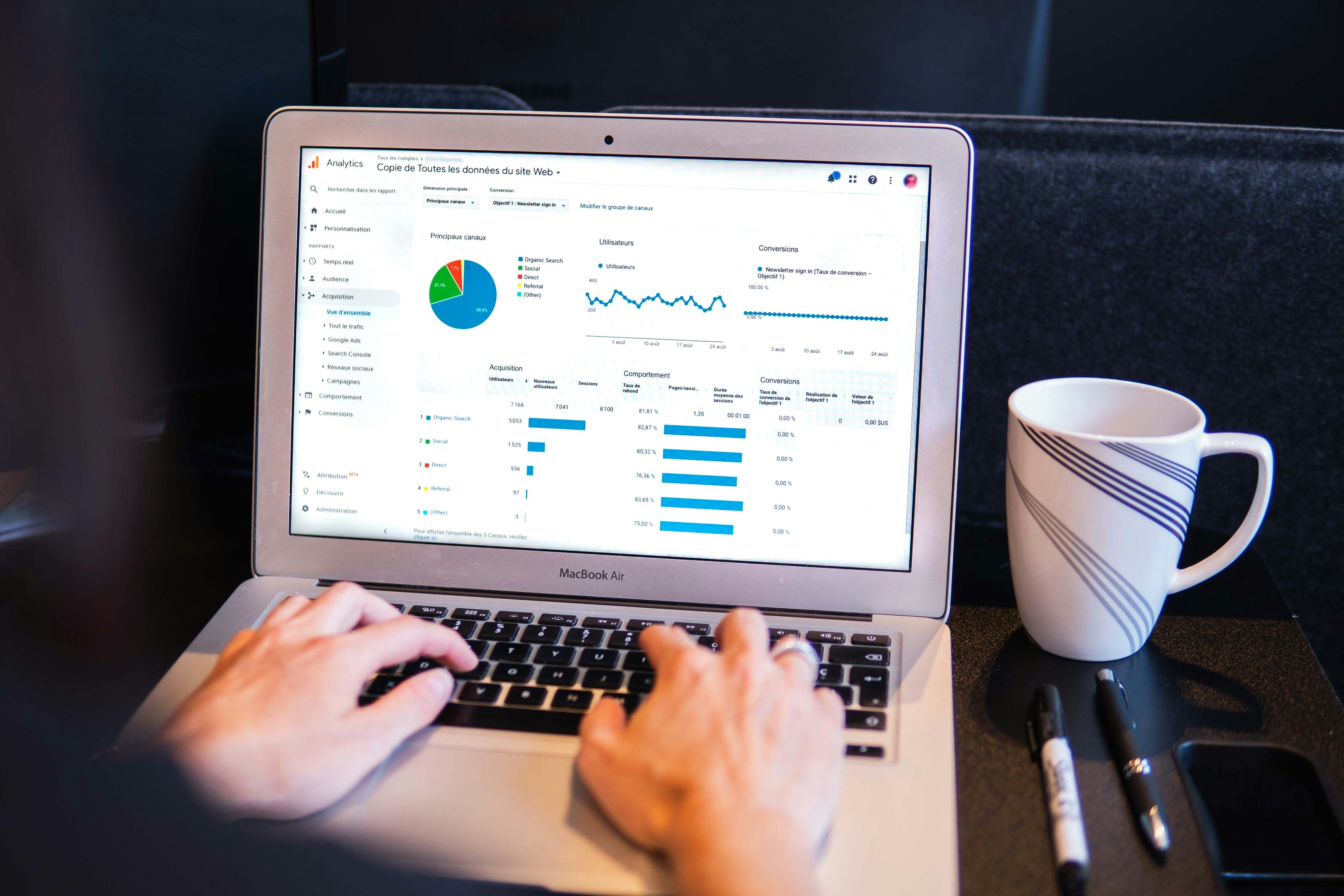
Offline Marketing
Collaborate with local influencers and eco-conscious organizations.
Participate in fashion events and pop-up shops to increase brand visibility.
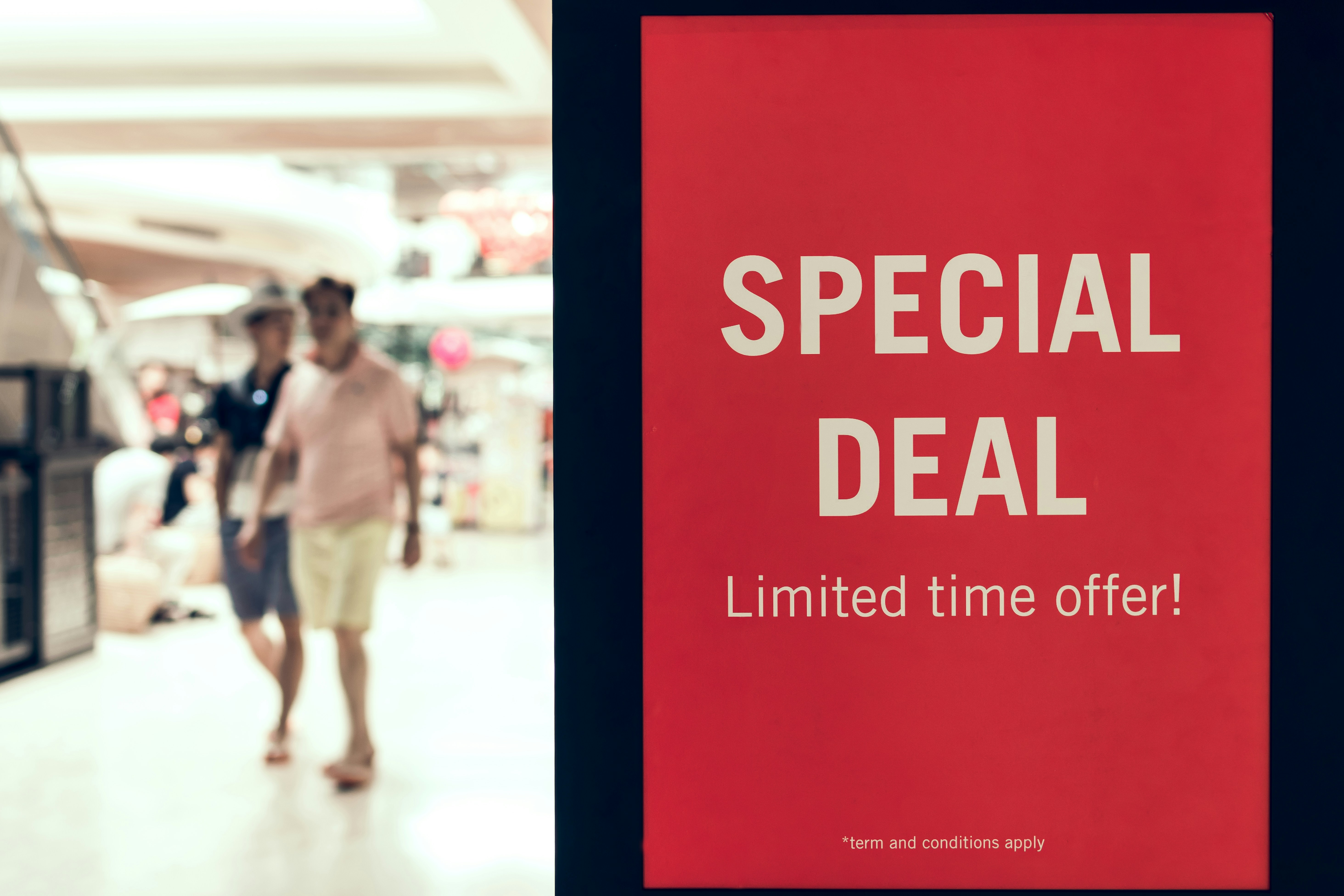
V. Operations Plan
Supply Chain Management
Source materials from certified sustainable suppliers.
Establish partnerships with ethical manufacturers to ensure fair labor practices.
Production Process
Implement quality control measures to maintain product standards.
Utilize just-in-time inventory management to minimize waste.
VI. Financial Plan
Startup Costs
Initial inventory purchase: $50,000
Website development: $10,000
Marketing and advertising: $20,000
Revenue Projections
Year 1: $500,000
Year 2: $1,200,000
Year 3: $2,500,000
Break-even Analysis
Calculate the break-even point in units and revenue.
VII. Conclusion
The [Your Company Name] Clothing Line is positioned for success in the growing market for sustainable fashion. With a strong brand identity, quality products, and a strategic marketing plan, we are confident in our ability to capture market share and make a positive impact on the industry.
- 100% Customizable, free editor
- Access 1 Million+ Templates, photo’s & graphics
- Download or share as a template
- Click and replace photos, graphics, text, backgrounds
- Resize, crop, AI write & more
- Access advanced editor
Launch and elevate your clothing line with confidence using the Clothing Line Business Plan Template from Template.net. Tailored for fashion entrepreneurs, this template simplifies the process of creating a comprehensive business plan, ensuring thorough coverage of all essential aspects. With sections covering market analysis, brand positioning, product development, marketing strategies, financial projections, and more, this template provides a solid framework for planning and executing your clothing line business. With our Ai Editor Tool, customization is effortless, allowing you to tailor the plan to your specific business vision and goals. Trust Template.net to provide the foundation for developing a professional and strategic business plan that will set your clothing line up for success. Simplify your business planning process and bring your fashion dreams to life with confidence.
You may also like
- One Page Business Plan
- Coffee Shop Business Plan
- Restaurant Business Plan
- Food Business Plan
- Real Estate Business Plan
- Executive Summary Business Plan
- Cover Page Business Plan
- Nonprofit Business Plan
- Daycare Business Plan
- Construction Business Plan
- Startup Business Plan
- Medical Business Plan
- Bakery Business Plan
- Service Plan
- Hotel Business Plan
- Catering Business Plan
- School Business Plan
- Healthcare Business Plan
- Transportation Plan
- Sports Plan
- Car Wash Business Plan
- Salon Business Plan
- Clothing Business Plan
- Farming Business Plan
- Boutique Plan
